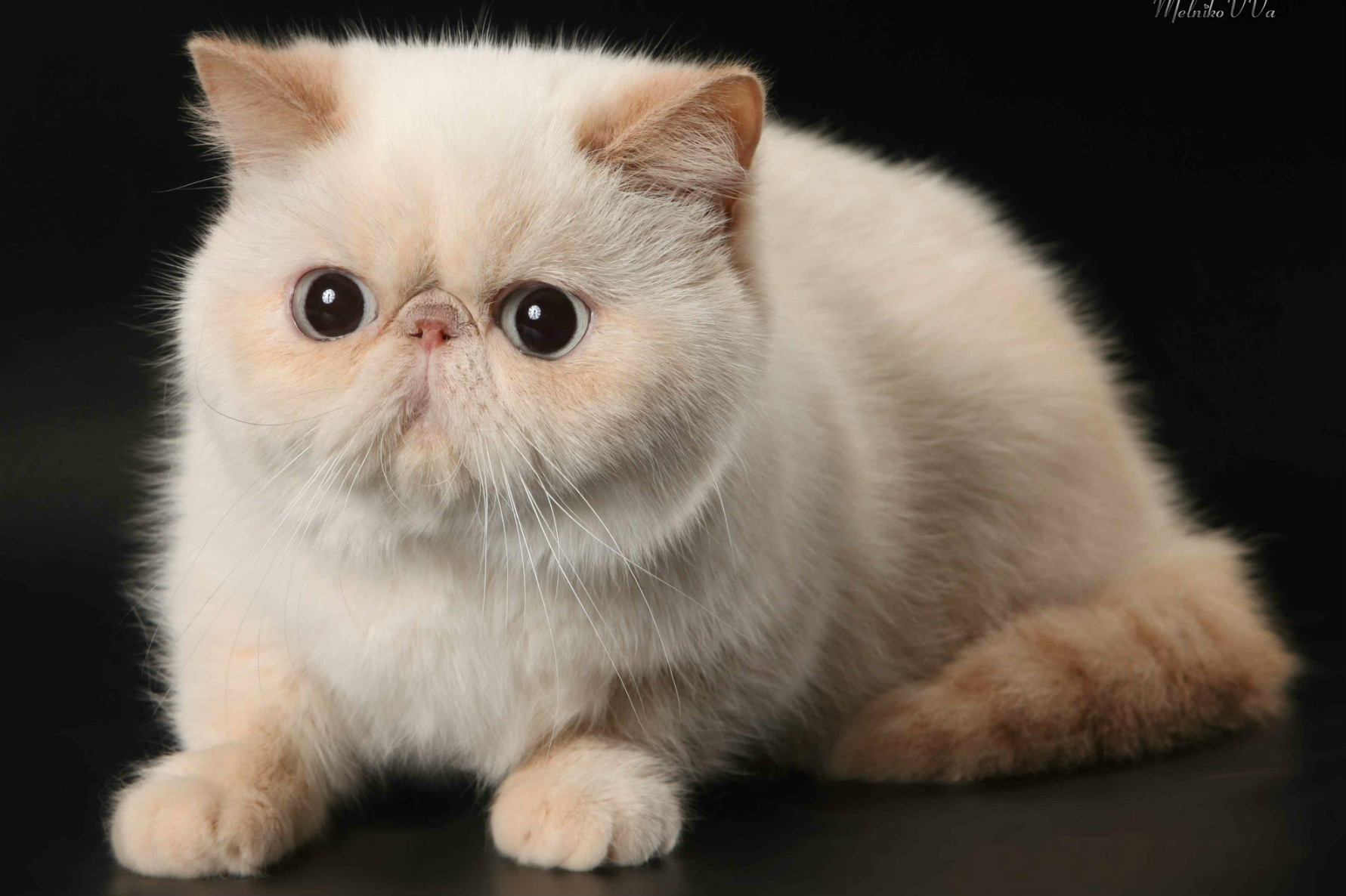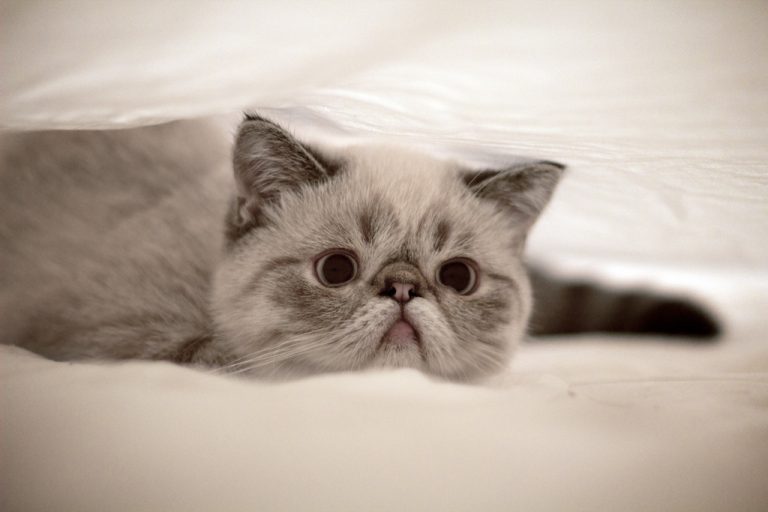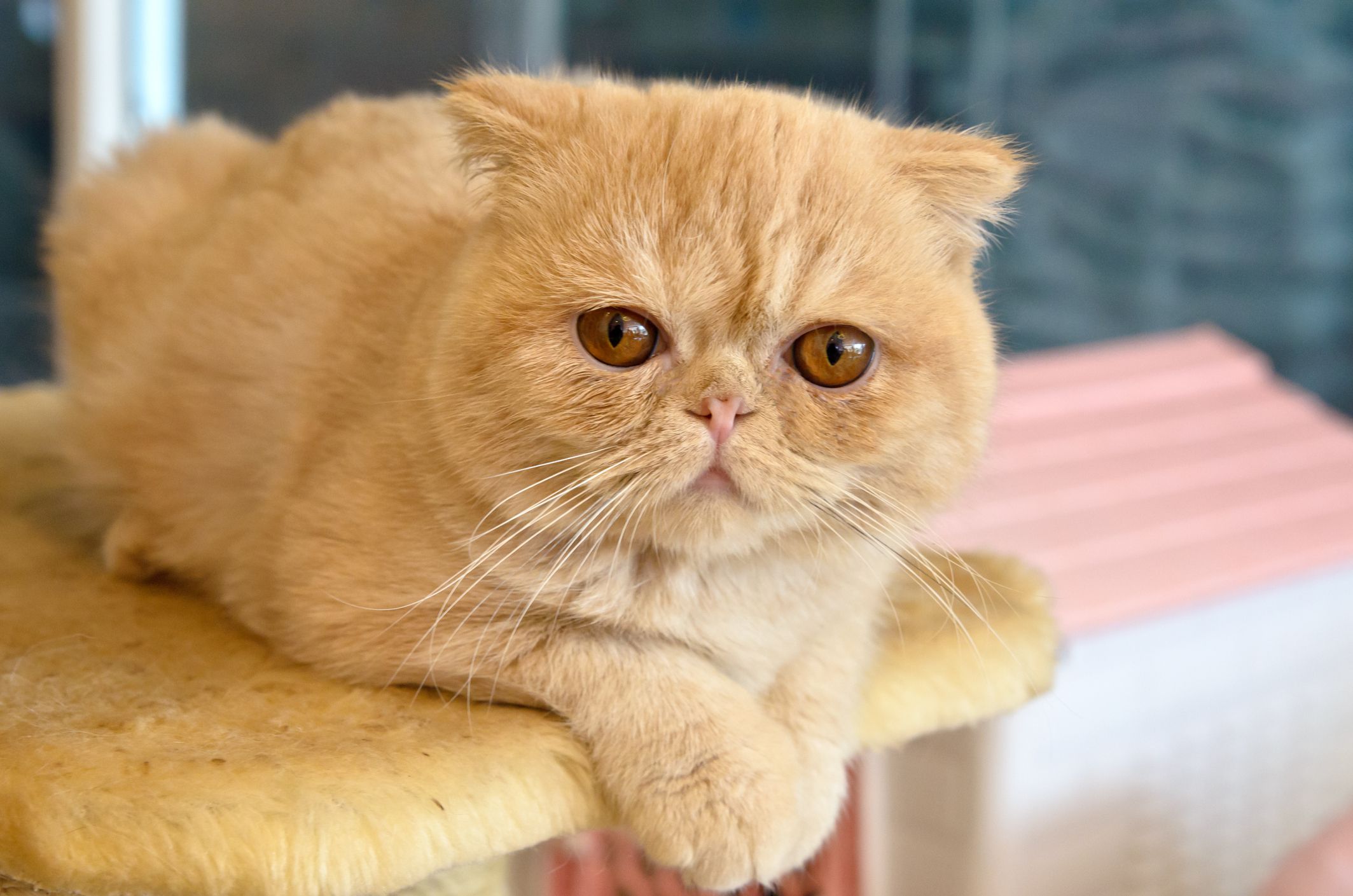Exotic Shorthair: The Plush and Gentle Companion

History of the Exotic Shorthair
The Exotic Shorthair is often described as the short-haired version of the Persian cat, sharing many of its features, including a flat face and a sweet, gentle temperament. The breed was developed in the United States in the 1950s when breeders sought to create a Persian-like cat with a more manageable coat. By crossing Persians with American Shorthairs, and occasionally with Russian Blues and Burmese cats, the result was the plush, dense-coated Exotic Shorthair.
Initially, the breed was intended to improve the body type of the American Shorthair, but the charming appearance and affectionate personality of the resulting kittens captivated breeders and cat lovers alike. The Exotic Shorthair was officially recognized by The Cat Fanciers’ Association (CFA) in 1967. Today, it is one of the most popular breeds in North America and beyond, loved for its combination of Persian-like beauty and low-maintenance grooming needs.
Popularity of the Exotic Shorthair
The Exotic Shorthair’s irresistible charm, combined with its easier-to-maintain coat compared to its Persian relatives, has made it a favorite among cat enthusiasts. Its round face, large eyes, and plush coat give it a teddy bear-like appearance, which appeals to people of all ages. The breed’s calm and loving nature makes it ideal for families, singles, and seniors alike.
The breed frequently appears in cat shows and has won numerous awards for its beauty and conformation. Despite its popularity, the Exotic Shorthair retains a unique appeal, offering the best of both worlds—the elegance of a Persian and the convenience of a short-haired coat.
Physical Traits of the Exotic Shorthair
The Exotic Shorthair is a medium to large-sized cat known for its plush coat, round face, and expressive eyes. Its features are soft and rounded, contributing to its sweet and endearing appearance.
Key Features:
• Coat: The Exotic Shorthair has a dense, plush, and soft coat that lies close to the body. The coat is shorter than that of a Persian but thicker than that of most short-haired breeds. It comes in a wide variety of colors and patterns, including solid, tabby, calico, and colorpoint.
• Size: Medium to large in size, the Exotic Shorthair typically weighs between 8 to 15 pounds. Males are generally larger and more robust, while females are slightly smaller and more delicate.
• Head & Expression: The breed has a large, round head with a flat face (brachycephalic) and a short nose. Its large, round eyes are set wide apart and come in vibrant colors that often match the coat.
• Ears: Small, rounded, and set low on the head, the ears add to the breed’s sweet expression.
• Body: The Exotic Shorthair has a cobby, muscular body with a broad chest, short legs, and a thick, medium-length tail. Its sturdy build gives it a solid and substantial feel.
Behavioral Traits of the Exotic Shorthair
The Exotic Shorthair is known for its gentle, affectionate, and laid-back personality. This breed is often described as "the lazy man’s Persian" due to its easygoing nature and minimal grooming requirements.
Key Behavioral Traits:
1. Affectionate and Loving: The Exotic Shorthair forms strong bonds with its family members and enjoys being close to its owners. It is a true lap cat, often seeking out cuddles and affection.
2. Calm and Gentle: This breed is known for its calm demeanor and gentle disposition. It thrives in a peaceful environment and is well-suited to quieter households.
3. Playful but Not Hyperactive: While the Exotic Shorthair enjoys playtime, it is not overly energetic or demanding. It prefers relaxed, interactive play sessions with its favorite toys or family members.
4. Social and Friendly: The Exotic Shorthair gets along well with children, other cats, and even dogs. Its friendly and tolerant nature makes it a great addition to multi-pet households.
5. Quiet and Soft-Spoken: The Exotic Shorthair is not particularly vocal, but it may communicate with soft meows or purring to express its needs or affection.

Why Choose an Exotic Shorthair?
If you're looking for a cat that combines Persian-like beauty with a low-maintenance coat and a gentle personality, the Exotic Shorthair is an excellent choice.
Reasons to Choose This Breed:
• Plush Appearance: The Exotic Shorthair’s round face, large eyes, and plush coat give it a teddy bear-like look.
• Loving and Social: This breed thrives on human companionship and enjoys being part of family activities.
• Calm and Gentle: Ideal for families seeking a relaxed and affectionate companion.
• Low-Maintenance Grooming: Unlike Persians, the Exotic Shorthair’s short coat requires minimal grooming.
• Adaptable: The breed adapts well to different environments and lifestyles, making it suitable for various households.
Caring for Your Exotic Shorthair
The Exotic Shorthair is relatively low-maintenance but benefits from regular care to maintain its health and appearance.
Essential Care Tips:
1. Grooming: While the coat is short, it is dense and benefits from weekly brushing to remove loose hair and prevent matting. Regular grooming helps keep the coat plush and healthy.
2. Eye Care: Due to the breed’s flat face, the Exotic Shorthair may have tear staining. Gently wiping the eyes with a damp cloth can help keep them clean.
3. Exercise: Provide moderate opportunities for physical activity, including interactive toys and climbing structures. While not hyperactive, the Exotic Shorthair enjoys gentle play.
4. Social Interaction: The Exotic Shorthair enjoys spending time with its family and should not be left alone for extended periods. Engage in cuddling and interactive play to strengthen your bond.
5. Nutrition: Offer high-quality cat food to support the breed’s overall health. A balanced diet helps maintain their weight and muscular build.
6. Health Monitoring: Regular veterinary checkups are essential to monitor the Exotic Shorthair’s health and detect any potential issues early.

Health Considerations
While generally healthy, the Exotic Shorthair may be prone to certain genetic conditions, particularly those related to its brachycephalic (flat-faced) structure. Regular veterinary care and a healthy lifestyle can help mitigate these risks.
Common Health Issues:
• Brachycephalic Syndrome: The flat face can lead to breathing difficulties, especially in hot or humid weather. Monitor for signs of respiratory distress.
• Polycystic Kidney Disease (PKD): A hereditary condition common in Persians and Exotic Shorthairs. Regular veterinary screenings can help detect and manage the condition.
• Dental Health: The breed’s facial structure can lead to dental issues, so regular dental checkups and cleanings are recommended.
• Eye Conditions: Tear staining and eye discharge are common due to the flat face. Regular eye care and veterinary monitoring can help manage these issues.
Comparisons to Other Breeds
Compared to the Persian, the Exotic Shorthair offers a similar appearance with significantly less grooming required. The breed’s plush coat and sweet expression make it more rounded and teddy bear-like than the American Shorthair. Its gentle personality sets it apart from more active breeds like the Abyssinian or Siamese, making it an ideal choice for those seeking a calm and loving companion.
Is the Exotic Shorthair Right for You?
The Exotic Shorthair is perfect for individuals or families looking for a calm, affectionate, and low-maintenance companion. If you appreciate a cat with a sweet appearance, gentle personality, and minimal grooming needs, this breed will fit right into your home. Regular grooming, eye care, and veterinary checkups will help keep the Exotic Shorthair healthy and happy.
If you prefer a more active or vocal cat, other breeds might be a better fit. However, if you're seeking a loving, relaxed, and visually striking feline companion, the Exotic Shorthair is an excellent choice.
Ready to Welcome an Exotic Shorthair?
United Pet Club is here to help you find the perfect feline companion. Whether you're looking to adopt or connect with trusted breeders, we provide valuable resources to guide you every step of the way.
Explore our platform to learn more about Exotic Shorthair cats, their history, and how to care for them. Contact United Pet Club today to start your journey with this plush and gentle breed!
